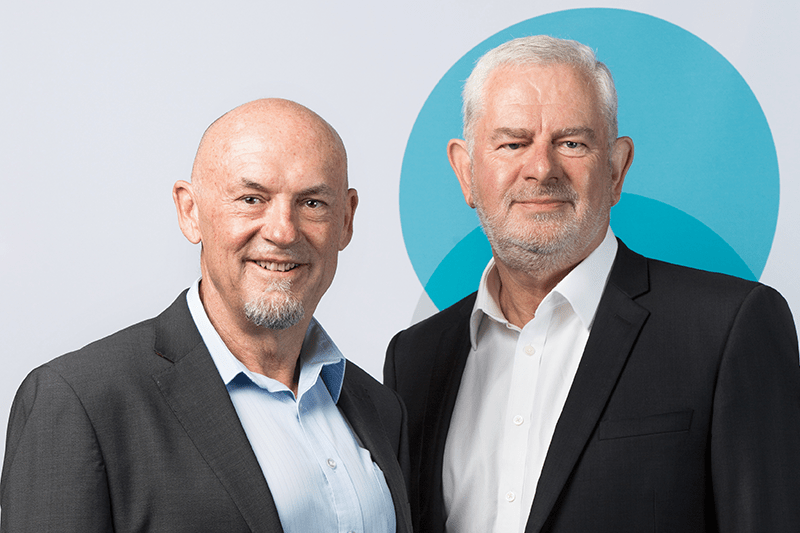By Peter Kelly on 9 September 2020
One question that comes across my desk on an almost daily basis is “how much can my client contribute to super?”
Of course, the answer to this question is not that simple as there are many moving parts that need to be considered.
Things like:
- What type of contribution is being made? Is it concessional, non-concessional, downsizer, or a combination of these?
- Who is making the contribution? The client personally, or someone else like an employer, the client’s spouse, or a third party?
- How old is the client? If aged 67 or over, have they met, or are they exempt from having to meet the work test?
- What contributions been already been made this financial year?
- If making a non-concessional contribution, what was the client’s total superannuation balance as at the previous 30 June?
- And, in the case of non-concessional contributions, how much has been contributed during the two previous financial years?
How can a straightforward question have so many qualifications?
In this blog I want to focus on non-concessional contributions, and a recently proposed change.
To set the scene, a non-concessional contribution is a contribution to super made by an individual personally, or by their spouse. They are not tax deductible to the contributor however a tax offset may be available where a person makes a non-concessional contribution for their spouse – referred to as the spouse tax offset.
The current annual limit or “cap” on non-concessional contributions is $100,000.
However, that is just the starting point.
To be able to make a non-concessional contribution, a person needs to be under 67 years of age (recently increased from 65) or, if aged 67 to 74, they have met a work test in the year in which the contribution is to be made. More on the recent changes to age limits for superannuation contributions can be found in our blog from 8 July 2020.
A unique feature of non-concessional contributions is that a person may bring forward up to three year’s non-concessional contributions and contribute up to $300,000 in a single year, subject to meeting certain conditions.
However, where they trigger their three year bring-forward cap by contributing more than $100,000 in a single financial year, the maximum they may then contribute over the course of the next two financial years is $300,000, minus the amount contributed in the first year.
By way of example, if a person contributes $300,000 in the first year, they are unable to make any further non-concessional contributions in the following two financial years (i.e. $300,000 minus $300,000 = $0).
Alternatively, if a non-concessional contribution of $180,000 was made in the first year, the total than can be contributed over the course of the next two financial years will be $300,000 minus $180,000, or $120,000.
Having said that, a non-concessional contribution can only be made if a person has a “total superannuation balance” at the previous 30 June of less than $1.6million. The total superannuation balance is basically the total of all money that person has in super.
Where a person has a total superannuation balance of between $1.4m and $1.6m, the amount that can be contributed using the three year bring forward is scaled back depending on their actual total superannuation balance. Therefore, the full $300,000 bring forward cap is only available to people with a total superannuation balance of less than $1.4m.
To be able to access the three year bring forward, a person needs to be aged 64 or younger at the start of the financial year in which they intend to contribute.
As mentioned in our previous blog, the government introduced legislation that would increase this age limit from 64 to 66 or younger to be able to access the three year bring forward rule. This change was due to apply from 1 July 2020.
However, the amending legislation has not been passed. It is sitting in the Senate.
While I expect this measure will be passed in the fullness of time, and will hopefully still take effect from 1 July 2020, the delay is inconvenient for clients who are aged between 64 and 66 and are hoping to maximise their non-concessional contributions in the current financial year.
Hopefully the legislation will be passed sooner rather than later, and we can all have certainty around the limits that apply.
Unfortunately, for someone aged 65 or 66 wishing to maximise their non-concessional contributions by contributing up to $300,000, simply “biting the bullet” and making a contribution of more than $100,000, before the legislation is passed, could have adverse tax consequences.
The superannuation contribution maze can be difficult to navigate. If planning to make large contributions to super, and you are approaching your mid-60s, consider seeking appropriate advice from a licensed financial planner.



comments